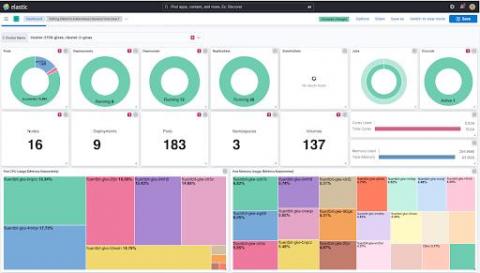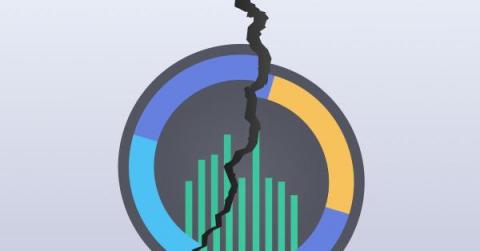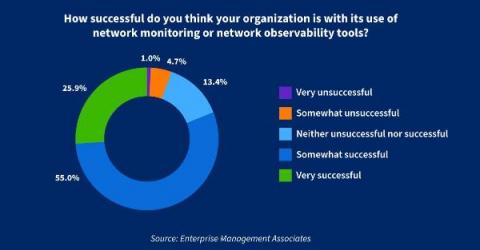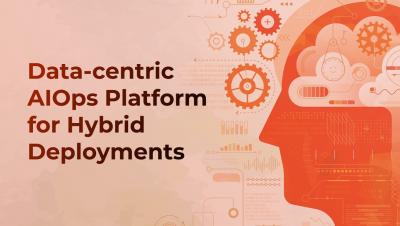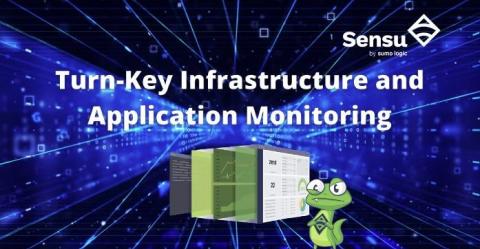Operations | Monitoring | ITSM | DevOps | Cloud
Observability
The latest News and Information on Observabilty for complex systems and related technologies.
Touching Grass With SLOs
One of the things that struck me upon joining Honeycomb was the seemingly laissez-faire approach we took towards internal SLOs. From my own research (beginning with the classic SRE book, following Google’s example), I came to these conclusions: If you read the original SRE book when it was released, before the workbook came out, these conclusions all made sense.
The basics of observing Kubernetes: A bird-watcher's perspective
An avid bird-watcher once told me that for bird-watching beginners, it’s more important to focus on learning about the birds and identifying their unique songs rather than trying to find the perfect pair of binoculars.
Understanding the Three Pillars of Observability: Logs, Metrics and Traces
Many people wonder what the difference is between monitoring vs. observability. While monitoring is simply watching a system, observability means truly understanding a system’s state. DevOps teams leverage observability to debug their applications or troubleshoot the root cause of system issues. Peak visibility is achieved by analyzing the three pillars of observability: Logs, metrics and traces.
Observability is Still Broken. Here are 6 Reasons Why.
In an era where there’s no shortage of established best practices and tools, engineering teams are consistently finding their ability to prevent, detect and resolve production issues is only getting harder. Why is this the case? Our most recent DevOps Pulse Survey highlighted alarming trends to this end.
Are you a network observability champion?
At Kentik, we pride ourselves as innovators and thought-leaders for network observability. “Kentik is network observability” is more than a slogan for us. It’s an idea that informs our product roadmap and guides our problem-solving with customers. We’ve done a lot to explain network observability to prospects.
Observability Data Documentation Best Practices
A few weeks back, I got the chance to sit down with our very own Jordan Perks from the Cribl Customer Success Team. Jordan is an Observability subject matter expert AND knows a thing or two about Cribl Products! After geeking out a bit about data best practices, we started chatting about enabling our customer champions to have different conversations with stakeholders across their organizations. When someone becomes an observability engineer, they step into a much different role.
World's #1st Data-Centric AIOps Platform | Composable Analytics for AIOps & Observability
What Is Observability?
In today's complex, multi-cloud environments, IT and engineering teams are under increasing pressure to respond to errors affecting their entire system. Therefore, IT operations, DevOps, and SRE teams are all striving to gain complete observability across these increasingly complex and diverse computing environments. But what exactly does observability mean?
Turn-Key Infrastructure and Application Monitoring
The way businesses obtain infrastructure has changed dramatically over the past decade, as Infrastructure-as-a-Service (IaaS) has taken the place of self-hosted infrastructure for most IT deployments. At the same time, it has become common to build complex infrastructures that blend components from multiple providers – such as two or more public clouds (aka. multicloud infrastructure) or mixing an on-prem data center and a public cloud (aka. hybrid cloud infrastructure).




